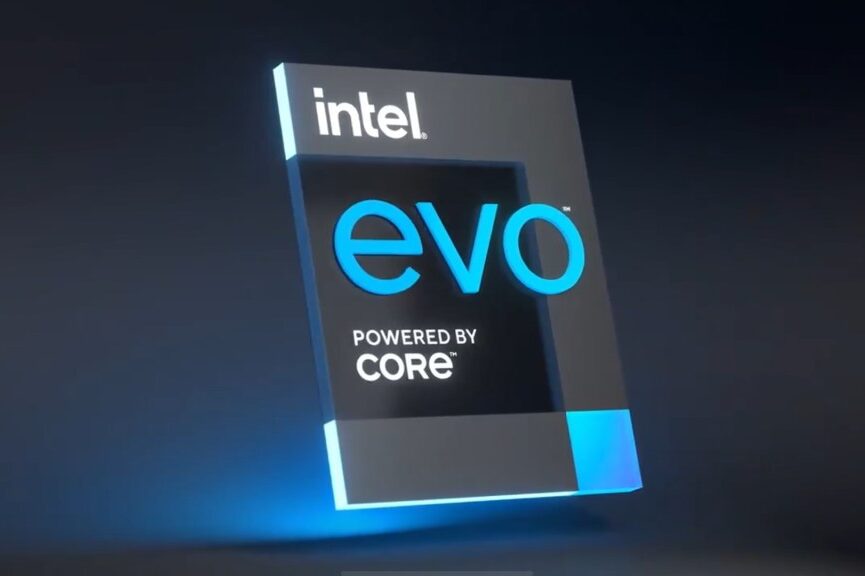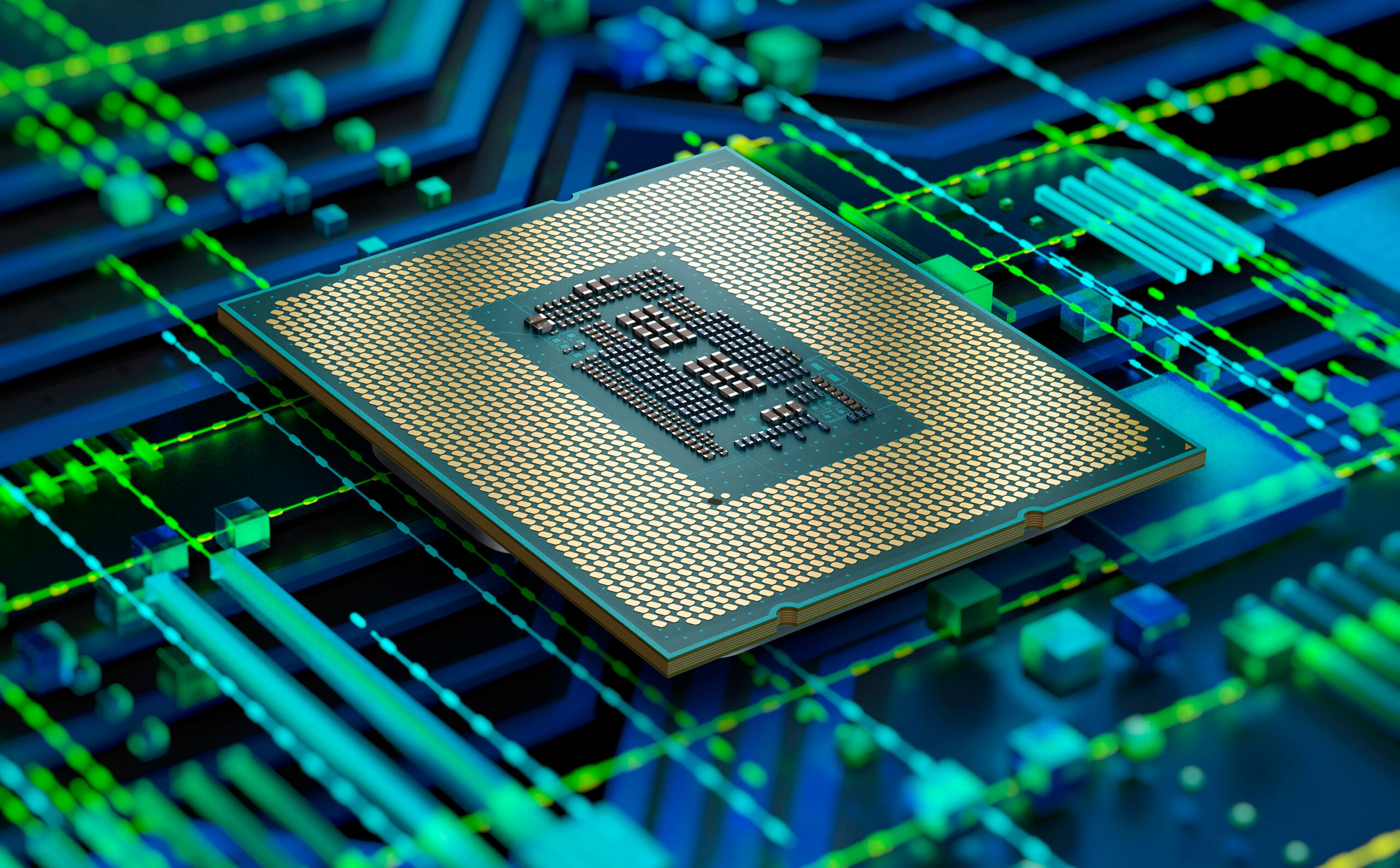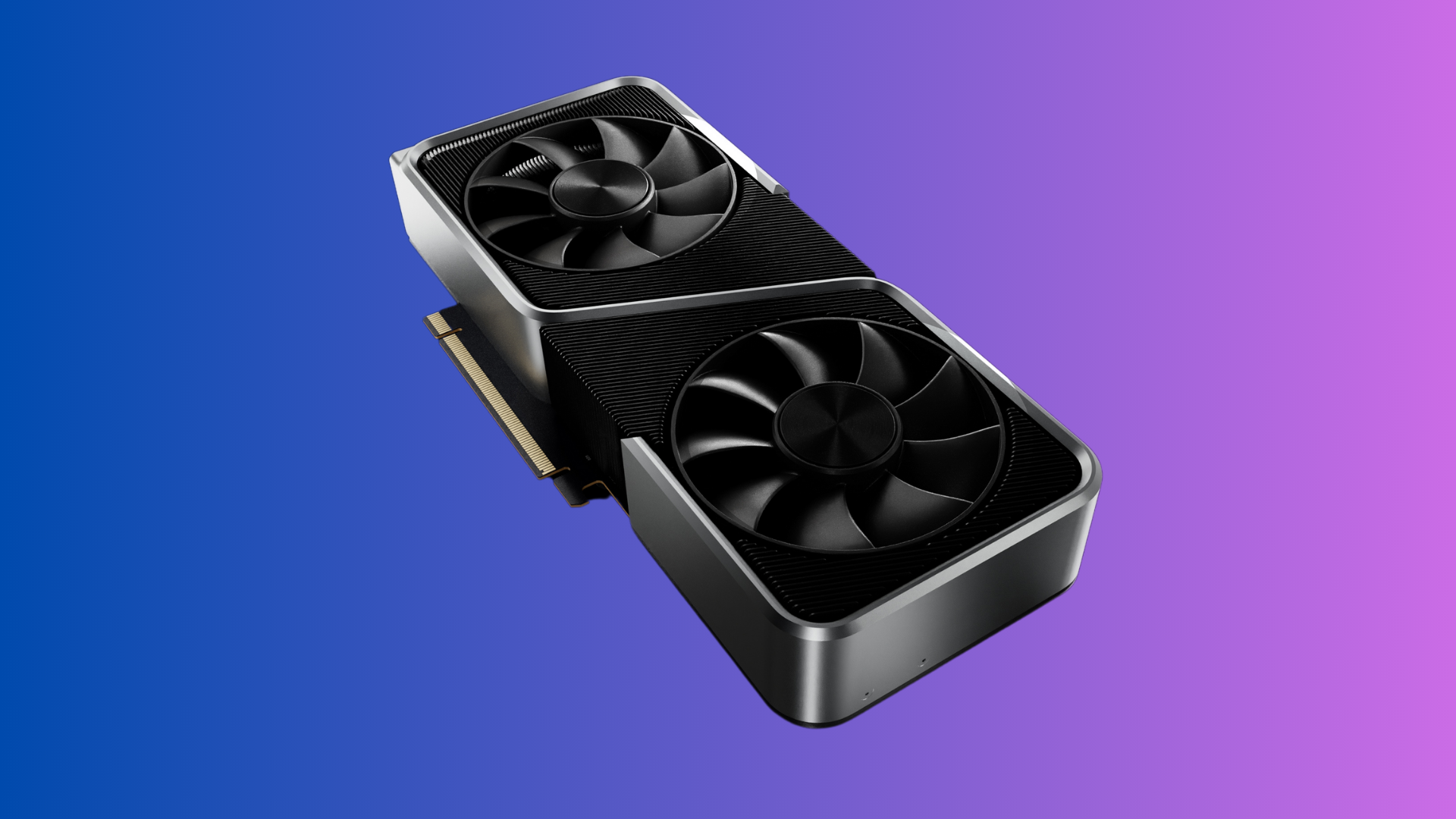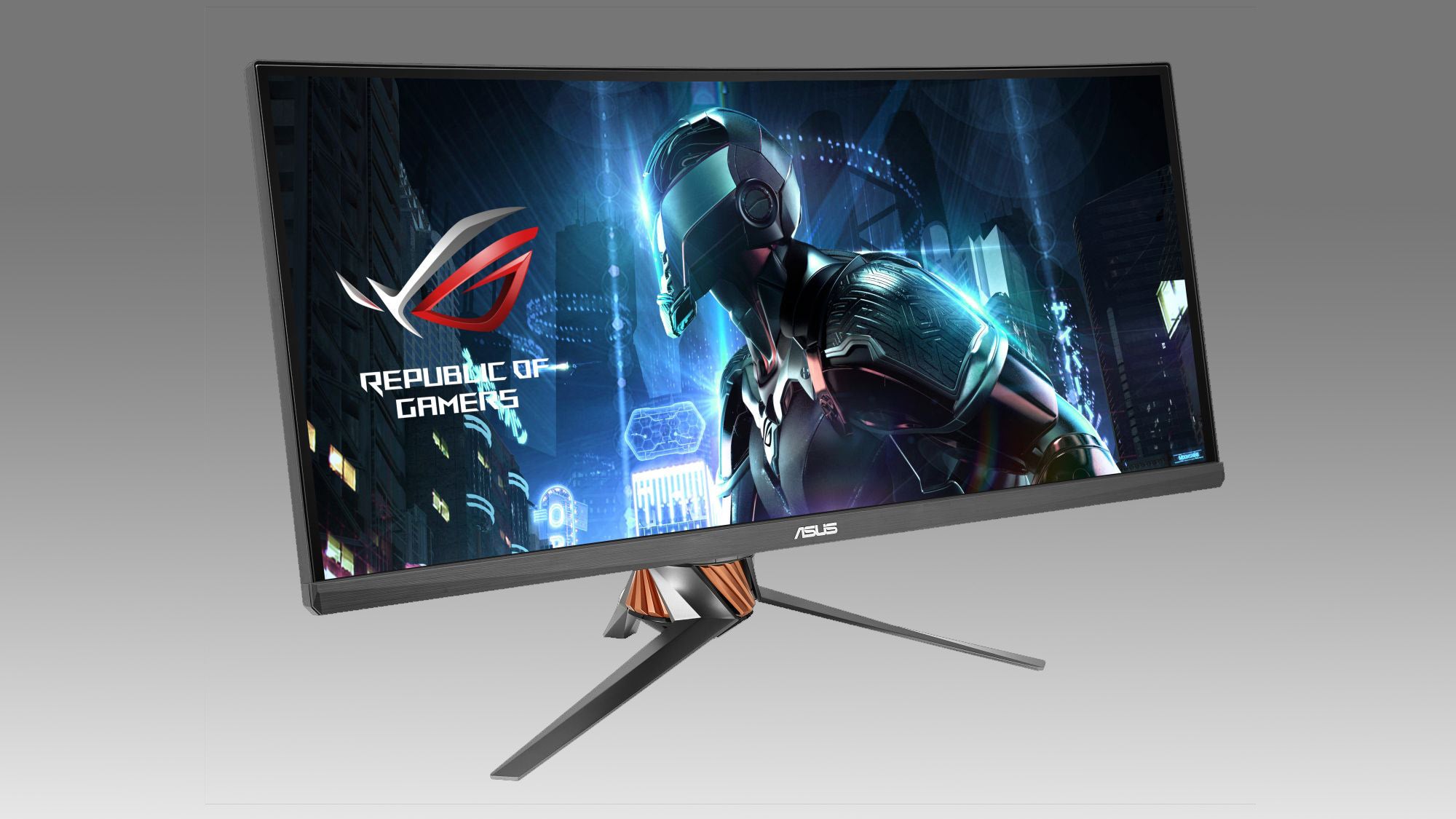What is USB-PD? The charging standard explained
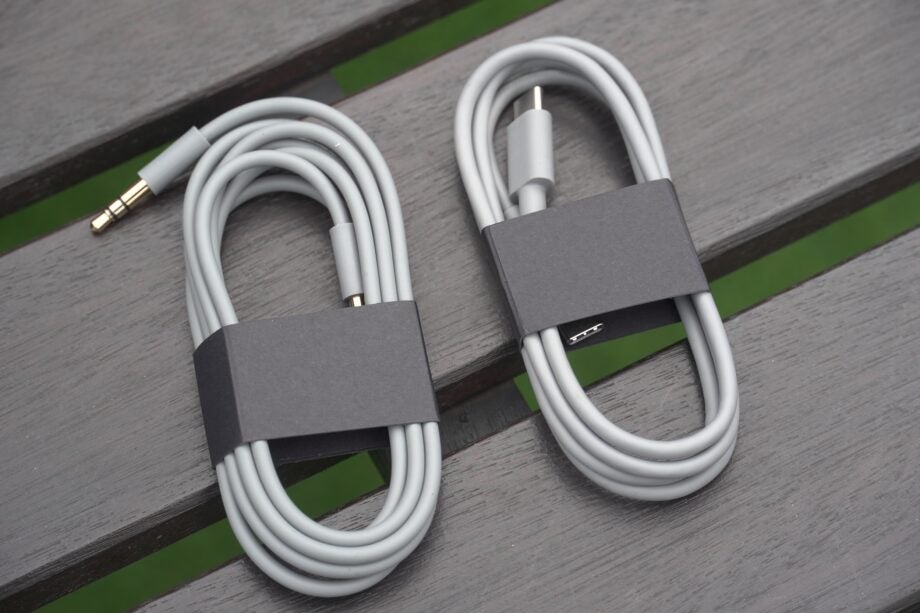
You might be surprised to learn that there are a multitude of different charging standards, with USB-PD being an important one.
Long-standing battery life and fast charging technology have become more of a buzzword over the last few years, with more handsets, tablets and laptops touting incredible battery lives that will get you through the day with ease.
But with so many different brands jumping on the fast charging bandwagon, it can be difficult to figure out if you’re even using the right cable and charging block for your device.
That’s where USB-PD comes in. Keep scrolling to find out everything you need to know about USB-PD charging, including what it is, how it works and which devices it supports.
What is USB-PD?
USB-PD, also known as USB Power Delivery, is a fast charging standard that was introduced in 2012 by the USB Implementers Forum, USB-IF. This is just two years prior to the USB-C connectivity standard, which is now implemented on a wide range of devices.
USB-PD is based on the USB-C standard and can deliver up to 240W of power. This is more than enough to charge up laptops, handsets, tablets and headsets, among others. Compared to a standard USB charger, USB-PD can charge devices up to 70% faster, since they traditionally only offer up to 5W of power.
One of the biggest benefits of USB-PD is that it’s a universal charging standard. So if your brand-new Pixel 8 or iPhone 15 does not come with a cable or charger block, you can rest easy knowing that a USB-PD charger will be supported. Before USB-PD, the only universal charging standard was USB Battery Charging, which is significantly slower.
Moreover, USB-PD will not overcharge your devices. Overcharging can have a detrimental effect on the battery over time, eventually decreasing the overall battery capacity.
USB-PD has been through a couple of iterations during its lifetime, with the most current version being USB-PD 3.1. This update allowed USB-PD to deliver up to 240W over a USB-C connector.
Which devices support USB-PD?
Essentially, almost every modern smartphone, laptop, tablet and wearable supports USB-PD. If you’re unsure if your device supports the charging technology, then simply check the product description to find out.
Although it is supported across a wide array of devices, it will not charge up each device at the same speed.
Laptops and smartphones will use different voltages, with laptops tending to use higher voltages overall.
The fast-charging capabilities of each device will also have an effect on the charging time when using USB-PD.


